Scots Pine Lumber
- July 31, 2023
- 2 comment
Scotty Pine Lumber, scientifically known as Pinus sylvestris, stands out as a widely sought-after softwood with a remarkable reputation in the woodworking realm. Renowned for its versatility and wide distribution, Scotty Pine has become a staple in the industry. Its common names, “Scott’s Pine” and “Scots Pine,” allude to its geographical origins in Europe, Asia, and parts of North Africa, while it has also been extensively cultivated in North America and other regions.
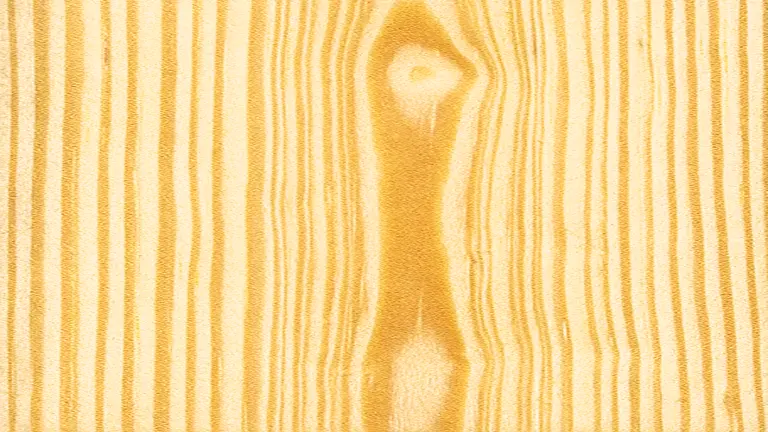
One of the key factors contributing to its popularity is the ease of working with this lumber. Woodworkers and craftsmen appreciate its cooperative nature, as it readily responds to both hand and machine tools, cuts smoothly, and takes well to nails, screws, and adhesives. As a result, Scotty Pine finds a plethora of applications in various fields, from construction lumber for framing to intricate furniture making and detailed cabinetry and millwork.
Additionally, it is often utilized in packaging material and pulp and paper production. Despite being a softwood, Scotty Pine holds impressive strength properties, making it suitable for structural components in construction. Its average dried weight of 30 lbs/ft^3 (480 kg/m^3) and Janka hardness rating of 1,220 lbf (5,440 N) testify to its resilience. However, it is important to note that Scotty Pine is not naturally durable, making it susceptible to decay and insect attack when exposed to moisture. Proper sealing and finishing are thus essential to enhance its longevity and protect it from environmental stresses.
| Common Name(s) | Scotty Pine, Scots Pine |
|---|---|
| Scientific Name | Pinus sylvestris |
| Distribution | Native to Europe, Asia, and parts of North Africa. Widely cultivated in North America and other regions. |
| Tree Size | Height: 50-80 feet (15-24 meters) |
| Diameter: 1-2 feet (0.3-0.6 meters) | |
| Average Dried Weight | 30 lbs/ft^3 (480 kg/m^3) |
| Specific Gravity | 0.48-0.56 |
| Janka Hardness | 1,220 lbf (5,440 N) |
| Modulus of Rupture | 12,000 lbf/in^2 (83 MPa) |
| Elastic Modulus | 1,570,000 lbf/in^2 (10.8 GPa) |
| Crushing Strength | 6,650 lbf/in^2 (45.9 MPa) |
| Shrinkage | Radial: 4.3%, Tangential: 7.1%, Volumetric: 11.6% |
Color/Appearance:
Scotty Pine exhibits a visually appealing spectrum of colors, ranging from a pale yellow to light reddish-brown hue, with occasional darker knots adding character to the wood. The straight, uniform grain pattern further enhances its overall attractiveness, making it a popular choice for both rustic and contemporary designs. Whether used as structural lumber or for fine furniture making, Scotty Pine’s warm and inviting colors can complement a wide range of interior and exterior settings.


Grain/Texture:
The grain of Scotty Pine is typically straight, lending itself well to various woodworking applications. While most commonly straight, the grain can exhibit occasional wavy or spiral patterns, providing a unique visual interest to the finished piece. The wood’s medium to fine texture ensures a smooth and even surface when properly sanded and finished, making it ideal for projects where a refined appearance is desired.
Rot Resistance:
Scotty Pine is not naturally resistant to decay, and it can be susceptible to insect attacks, particularly in moist or humid conditions. To counter this vulnerability, it is crucial to apply appropriate sealing and finishing treatments to protect the wood and prolong its lifespan. Regular maintenance and keeping the wood dry are essential to ensure its durability, especially when used outdoors or in damp environments.
Workability:
One of the standout characteristics of Scotty Pine is its excellent workability. Woodworkers appreciate its cooperative nature with both hand and machine tools, as it cuts cleanly and without much difficulty. It accepts nails and screws well and bonds nicely with adhesives, making assembly processes smoother. However, when sanding the wood, care should be taken to avoid over-sanding, as its softness can lead to scratches on the surface.
Odor:
Working with Scotty Pine provides an aromatic experience, as the wood emits a mild, resinous scent. This pleasant smell can add to the enjoyment of woodworking projects involving this softwood.
Allergies/Toxicity:
While Scotty Pine is generally not associated with specific allergic reactions, it is essential to take basic precautions when handling any wood. Some individuals might experience skin irritation, so wearing protective gear such as gloves and a mask when working with the wood is advisable.
Pricing/Availability:
Scotty Pine is known for its moderate price range, making it a cost-effective option for various woodworking projects. Additionally, its widespread availability, especially in regions where it is grown or cultivated, ensures easy access to this versatile softwood.
Sustainability:
When responsibly sourced from well-managed forests or sustainable plantations, Scotty Pine can be considered an eco-friendly choice. Supporting responsible forestry practices ensures the replenishment of the resource and mitigates environmental concerns. However, vigilance against overharvesting and illegal logging is crucial to maintain the long-term sustainability of Scotty Pine as a viable lumber option.
Common Uses:
Scotty Pine’s broad range of applications makes it a staple in the woodworking industry. From construction lumber used in framing to interior and exterior joinery, this versatile softwood finds its way into various projects. It is also a favored material for furniture making, cabinetry, and millwork, where its appealing color and grain patterns enhance the overall aesthetics. Moreover, Scotty Pine is utilized in packaging material and plays a significant role in pulp and paper production due to its abundant availability and workability.

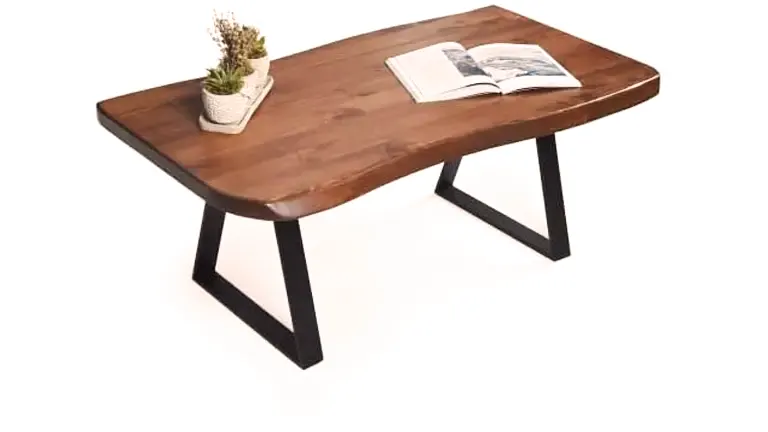
FAQs:
- Is Scotty Pine suitable for outdoor projects?
While Scotty Pine can be used outdoors, it is not naturally durable and may require additional treatments or protective finishes to withstand the elements effectively. - Does Scotty Pine have a strong scent?
The wood has a mild, pleasant resinous odor that is often associated with pine species. - Can Scotty Pine be stained or painted easily?
Yes, Scotty Pine readily accepts stains and paints, allowing for a variety of finish options. - Is Scotty Pine a hardwood or softwood?
Scotty Pine is classified as a softwood due to its needle-like leaves and the presence of resin canals. - Can Scotty Pine be used for structural purposes?
Yes, it is commonly used for structural components in construction due to its favorable strength properties.

Edward Smith
Forestry AuthorWoodworking is about more than crafting; it's a harmonious connection with nature, mastering tools, and preserving our environment. I'm here to share my knowledge and experiences with you, forging a future where we can embrace wood's beauty and utility while safeguarding our forests' health and diversity.


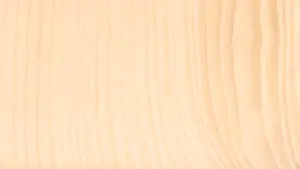
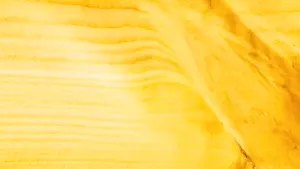

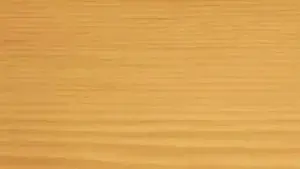
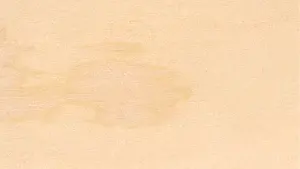
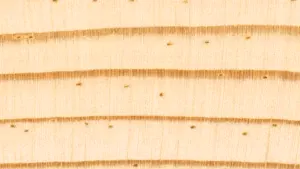

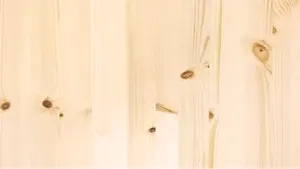
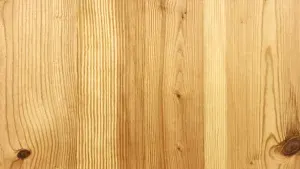
I have a stand of Scotchpine that is about 40 to 50 years old that needs to be cut! Looking for somebody who would like to
George Newport
December 16, 2023 12:02 amWhere are you located please? How big of the stand? Thanks, Robert
Robert Murray
January 28, 2024 6:29 pm